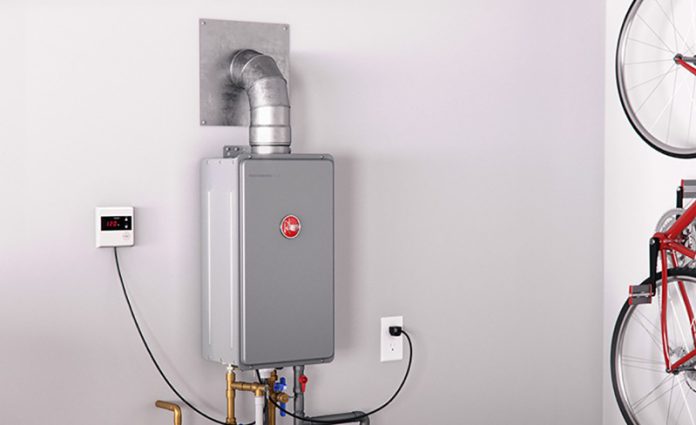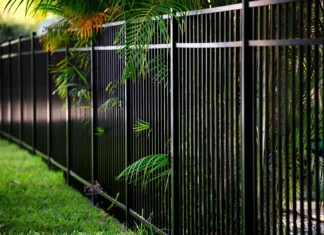Tankless water heater installation is a great way to upgrade your home’s plumbing system and save on energy costs. With tankless heaters, you have the benefit of not having to worry about running out of hot water as well as lower bills due to more efficient operation. If you’re considering installing a tankless heater in your home, this guide will help walk you through each step of the process.
We’ll explain what to expect during an installation, including how long it typically takes, important safety tips for homeowners, and any necessary permits or paperwork that needs to be completed before starting the job. Be sure to read the information below so that you understand the process from start to finish and can make an informed decision about tankless water heater installation in your Santa Rosa, CA home.
1. Pre-Installation:
The first step of the process is to have a professional come and evaluate your home’s plumbing system, as well as any electrical or gas connections that will be needed for the new tankless heater. This professional should also review any existing permits or paperwork that needs to be completed before starting the job. Once everything has been evaluated and approved by the professional, you can move on to the next step.
2. Installing the Tankless Heater:
Once all necessary inspections and permits have been taken care of, it’s time to begin installing the tankless heater itself. Depending on what type of unit you purchase, there may need to be some modifications made to the existing plumbing and possibly new electrical or gas connections added. In addition, you’ll need to make sure that there is ample space around your water heater for proper ventilation.
3. Finalizing Installation:
Once the tankless heater is installed, it will need to be connected to its respective power source (either electricity or gas) and all necessary safety mechanisms must be tested before it can go into use. The professional installing the tankless heater should also provide you with detailed instructions on how to properly maintain your unit to get the most out of it—this includes information about flushing the system regularly and checking for any signs of damage or wear-and-tear over time.
4. Cleanup:
After everything is said and done, the professional installer should perform a thorough cleanup of the area to make sure that all debris from the installation has been removed. They should also explain any new safety regulations or instructions you need to follow for the proper use of your tankless water heater in Petaluma, CA, or surrounding areas.
Tankless water heater installation can take anywhere between a few hours to an entire day depending on the complexity of the job, however, if done properly it can save you both time and money in the long run. Be sure to have all paperwork and permits completed ahead of time so that there are no delays when it comes to scheduling and completing your installation.
10 Tips To Maintain Your Water Heater Post Installation
- Test the temperature of the water before use. This is especially important for households with small children and elderly adults who may be more sensitive to hot water temperatures.
- Check your pressure relief valve regularly and make sure it’s not blocked or corroded, as this could cause an unsafe release of steam or hot water if there is too much pressure in the system.
- Have a qualified technician perform regular maintenance checks on your system at least once a year to ensure its continued safety and performance.
- Inspect all components of your system, such as the pipes, connections, valves, etc., for leaks or corrosion that may have occurred during installation or since then.
- Reduce the temperature of your water heater to 120°F (49°C) or lower. This will save you money on energy costs and also help to avoid scalding yourself when using hot water from the tap.
- Insulate exposed pipes running from your water heater to conserve energy and reduce heat loss.
- Install a timer on your system that can turn off hot water at night or other times when it’s not in use, so you don’t waste energy unnecessarily heating unused tanks of hot water all day long.
- Check for any signs of sediment buildup in the bottom of your tank that can affect efficiency and performance over time, such as reducing the amount of hot water available.
- Make sure to flush the tank at least once a year to clear out any sediment that has been collected over time and reduce scaling on the bottom of your tank.
- Cover your water heater with an approved, insulated blanket or jacket to further conserve energy and keep it running efficiently for years to come. This is especially important if you live in a cooler climate where water temperatures can drop below freezing during winter months. Contact Curoso Plumbing Inc. at 707-545-5017 to learn more or book an appointment!














